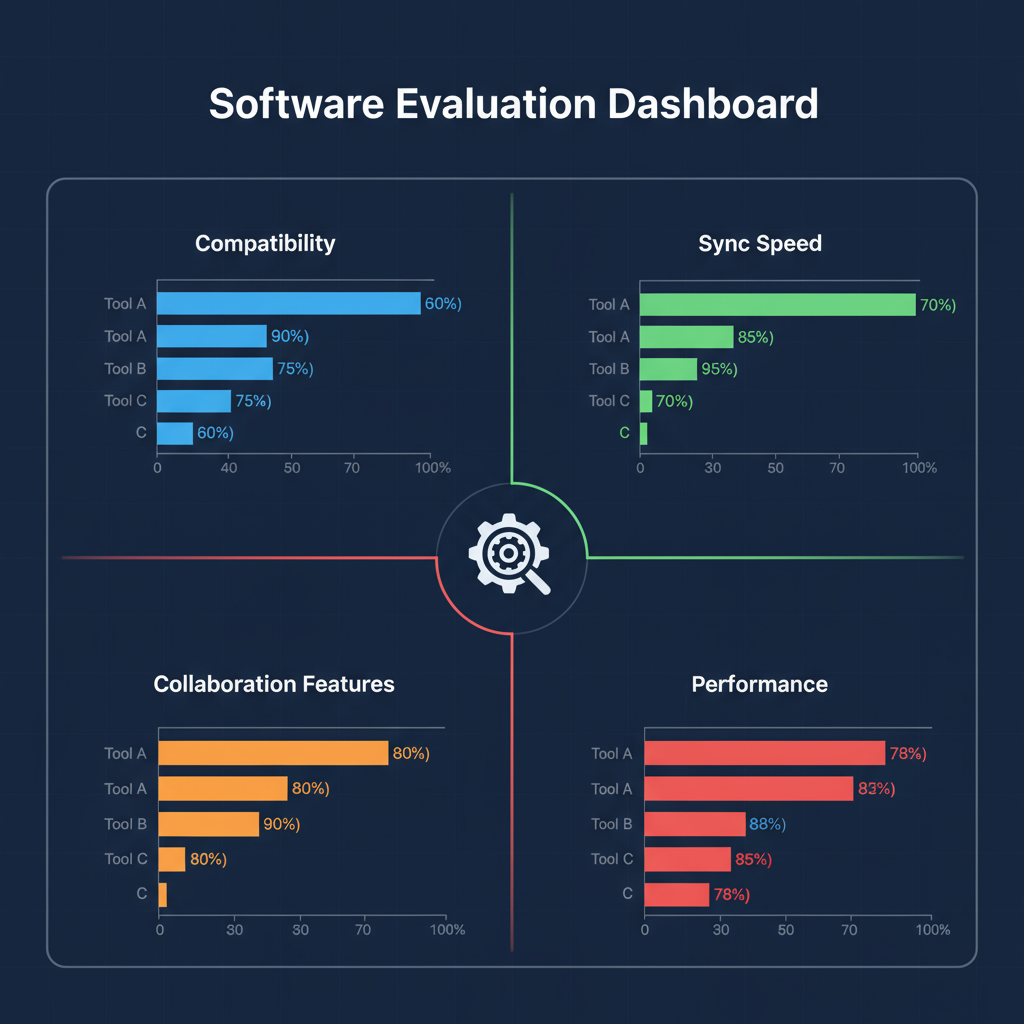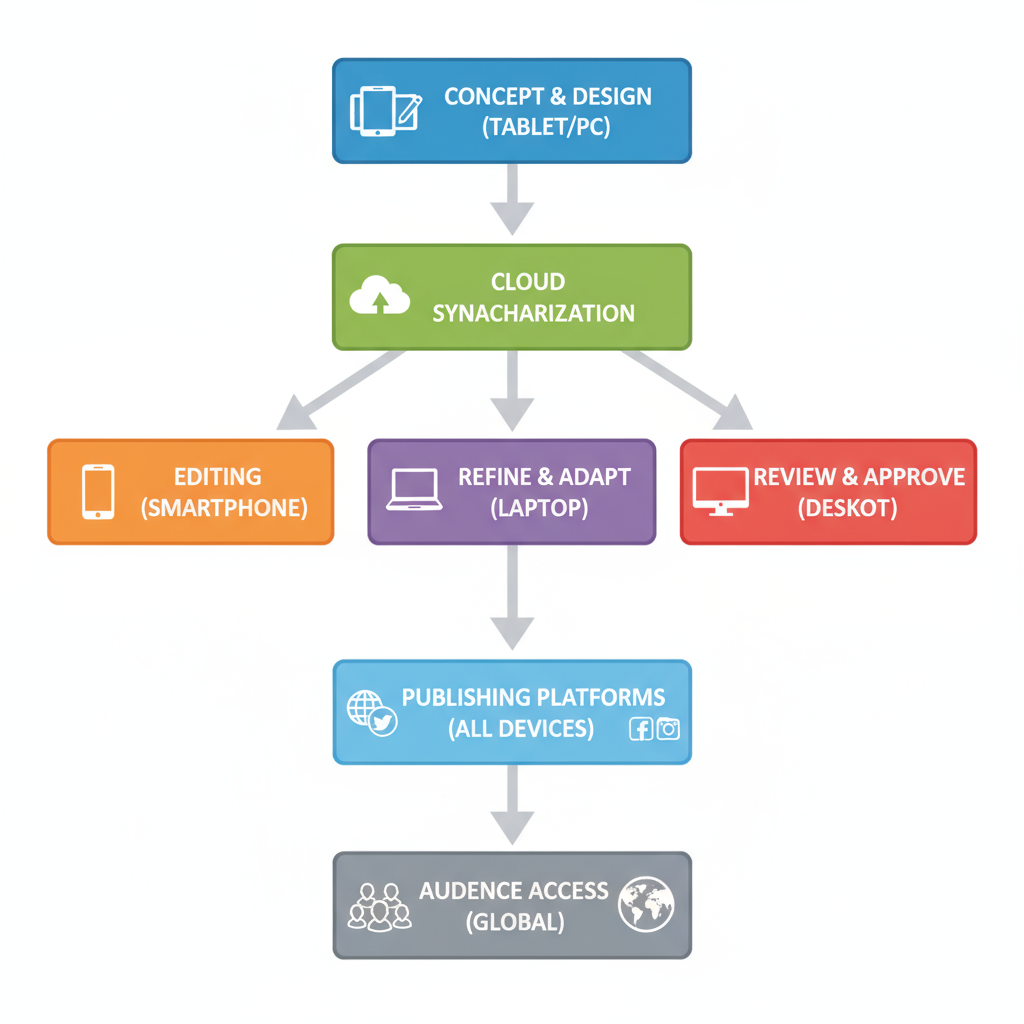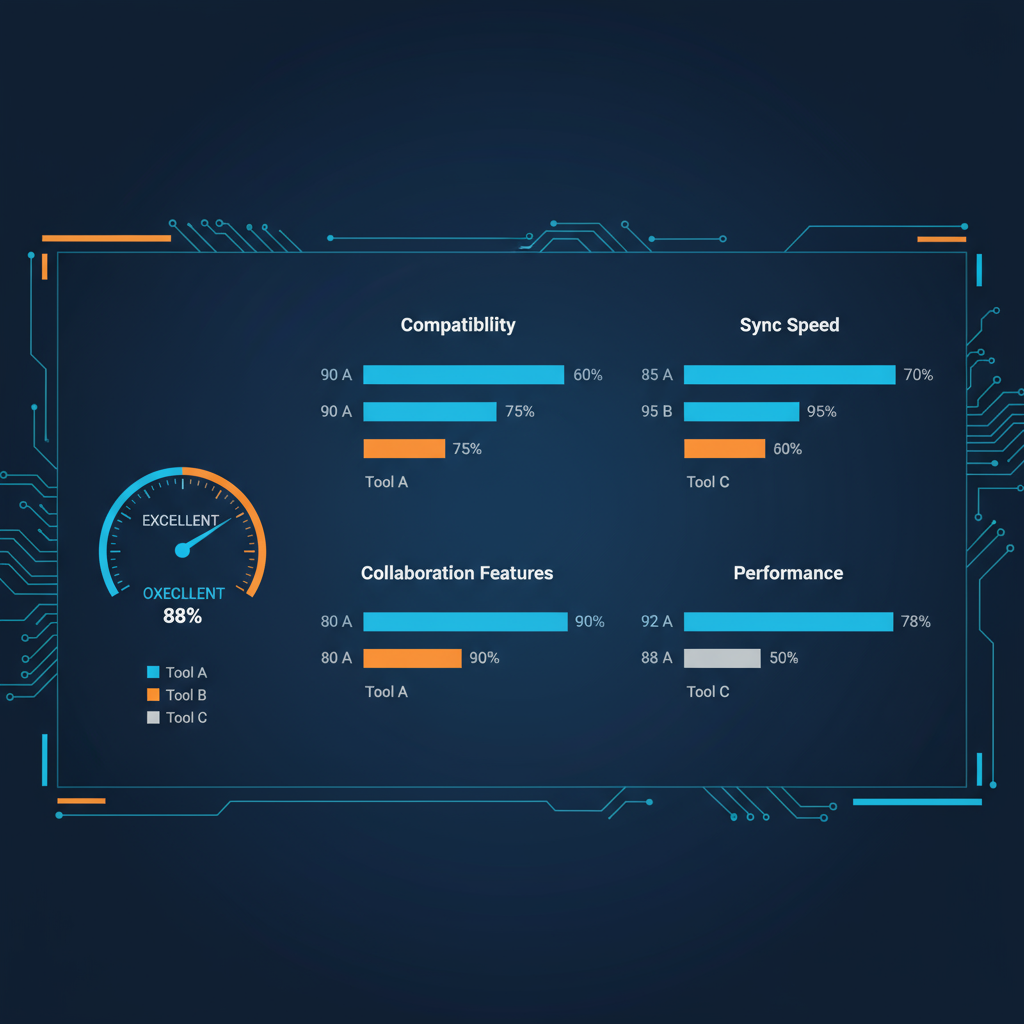Best Digital Media Tools for Cross-Platform Support
Discover top digital media tools with strong cross-platform support to streamline workflows, boost team efficiency, and ensure device compatibility.

Best Digital Media Tools for Cross-Platform Support
In an era where productivity flows seamlessly from desktop to mobile, cross-platform digital media tools make the difference between smooth, collaborative workflows and frustrating bottlenecks. Whether you are creating content, managing projects, scheduling posts, or handling assets, tools with strong cross-platform support ensure your team stays synchronized across devices and operating systems—boosting efficiency, consistency, and user experience.
---
Understanding Cross-Platform Support
Cross-platform support refers to the ability of a software tool to run smoothly across multiple operating systems and devices—typically including Windows, macOS, Linux, iOS, and Android. In today’s diverse digital media ecosystem, professionals often switch between desktops, laptops, and mobile devices throughout their workflow. This is where cross-platform tools shine: they allow seamless continuity across devices without losing functionality, features, or design consistency.
Why does it matter? For content creators, marketers, and project managers, maintaining workflow continuity when moving from a tablet to a workstation can be the difference between hitting a deadline and missing it.

---
Key Factors to Evaluate in Cross-Platform Tools
When deciding which digital media tools offer the best cross-platform support, look beyond marketing promises. Key considerations include:
- Compatibility – Does the tool work on all your preferred platforms natively or via the browser?
- Synchronization – How reliable and fast is cross-device syncing?
- UI Consistency – Similar layouts and features across platforms reduce the learning curve.
- Performance – How responsive is the application when switching devices or working offline?
A useful way to prioritize tools is by weighing these factors based on your workflow's needs.
---
Top Categories of Cross-Platform Digital Media Tools
Digital media professionals rely on a broad selection of tools. The four major categories you should consider include:
- Content Creation Tools – For graphic design, video editing, and prototyping.
- Project Management Tools – For planning, task tracking, and team collaboration.
- Social Media Scheduling Tools – The backbone of multi-platform marketing strategies.
- Asset Management Tools – For storing and accessing creative files securely across devices.
---
Cross-Platform Content Creation Tools
Adobe Creative Cloud
Adobe’s suite—Photoshop, Illustrator, Premiere Pro, XD—offers native apps for Windows and macOS, with companion mobile versions like Adobe Express. Cloud storage integration ensures assets are accessible anywhere.
Pros: Industry standard, deep features, strong sync with Adobe Creative Cloud
Cons: Subscription cost, heavier system requirements
Canva
Canva runs directly in web browsers and has robust mobile apps for iOS and Android. It’s ideal for quick designs, social media graphics, and marketing materials.
Pros: Simple to use, templates galore, low hardware demands
Cons: Less suited for complex professional editing
Figma
The prototyping tool that revolutionized UI design works via browser and desktop apps (Windows/macOS), with mobile apps for viewing prototypes.
Pros: Real-time collaboration, platform-agnostic web interface
Cons: Requires internet connection for most features

---
Cross-Platform Project Management Tools
Trello
Kanban-style boards, available via browser or native apps for major OS and mobile. Synchronization is fast and reliable.
Asana
Task and project tracking powerhouse, with consistent UI across platforms. Integrations with Slack, Google Drive, and more enhance workflows.
ClickUp
Combines task tracking, docs, goals, and chat in one tool, with full-featured mobile and desktop apps.
Monday.com
Visual planning and automation features, with flexible workflows accessible via any device.
---
Cross-Platform Social Media Scheduling Tools
Buffer
Clean interface and multiple device support make Buffer ideal for smaller teams and individuals.
Hootsuite
Enterprise-grade scheduling with deep analytics and multiple-user collaboration.
Later
Excellent for Instagram-first strategies, with drag-and-drop post planning.
Sprout Social
High-level analytics, reporting, and CRM-like features alongside scheduling tools.
---
Cross-Platform Digital Asset Management Tools
| Tool | Cross-Platform Availability | Best For |
|---|---|---|
| Dropbox | Windows, macOS, Linux, iOS, Android, Web | Reliable syncing, easy sharing |
| Google Drive | Web, Android, iOS, Backup & Sync desktop | Integrated with Google Workspace |
| Microsoft OneDrive | Windows, macOS, Android, iOS, Web | Best for Office 365 users |
Asset management tools are critical for keeping creative files accessible, with versioning and sharing features that boost collaboration across platforms.
---
Native vs Browser-Based vs Hybrid Apps
- Native Apps – Installed software optimized for a specific OS; usually faster but may lack platform coverage.
- Browser-Based Tools – Accessible anywhere; easier updates; performance may depend on internet speed.
- Hybrid Apps – Blend native and web technologies; offer offline modes and consistent experience but can be more resource-intensive.
---
Security and Privacy Considerations
When syncing across devices and platforms, ensure your tools provide:
- End-to-end encryption for sensitive files
- Two-factor authentication
- Clear data storage policies
- GDPR and CCPA compliance for global teams
Never overlook security—cross-platform access increases attack surfaces.

---
Tips for Choosing the Right Tool
- Map Your Workflow – Identify must-have features and platforms you use.
- Test Before Committing – Use free trials across all intended devices.
- Check Integration – Ensure compatibility with other tools in your stack.
- Assess Support – Active customer support is vital for troubleshooting cross-platform issues.
- Consider Cost vs ROI – Higher cost may be justified if productivity gains are significant.
---
Future Trends in Cross-Platform Digital Media Tools
- AI Integration – From content suggestion to automated editing.
- Offline Capabilities – More tools are enabling productive work without internet.
- Progressive Web Apps (PWAs) – Combining the speed of web apps with native-like capabilities.
- Universal Design Language – Tools will prioritize UI consistency across devices.
---
Summary & Recommendation Matrix
Choosing the right cross-platform digital media tool depends on your role, workflow, and budget.
| Use Case | Recommended Tool | Budget Range |
|---|---|---|
| Graphic Design | Adobe Creative Cloud / Canva | High / Low |
| UI/UX Design | Figma | Medium |
| Marketing Project Management | Asana / Monday.com | Medium / High |
| Social Media Scheduling | Buffer / Hootsuite | Low / High |
| Asset Storage | Dropbox / Google Drive | Low |
By weighing features, compatibility, and workflow fit, you can select tools that will truly support productivity across all devices. For teams with diverse hardware, browser-first tools like Figma or Canva remove OS barriers, while native suites like Adobe offer deeper power at a higher cost.
---
Final Takeaway:
Whether your priority is speed, creative power, or collaboration, the right cross-platform digital media setup will save time, keep projects on track, and protect creative assets. Now is the time to assess your workflow, test solutions, and choose the tools that best empower your productivity across platforms. Try one of the recommended tools today and elevate your digital media projects.




